Things go right for Switzerland
October 19, 2015, 2 Comments
Switzerland has voted and moved decisively to the right. So far right, in fact, that it could now actually be in Austria. The very right-wing SVP won handsomely in the new National Council, winning 65 seats, the most for any party since the introduction of proportional representation in 1919. Not only that but the not-so-very right-wing FDP reversed three decades of decline by gaining seats and votes.
Combined with the collapse of the centre parties and the Greens, plus the Social Democrats merely treading water, the National Council will have a right-wing majority for the first time ever. In the graphic above, the crucial seat is the single blue one on the left of the centre aisle. That is seat number 101 out of 200, giving the combined parties of the right a majority.
The results for the smaller house of parliament, the Council of States, are not yet decided as 19 of the 46 seats will need a second round of voting in November. As it stands the parties are balanced at 13 for the centre-left and 13 for the right, with one independent. A right-wing majority is unlikely but not unthinkable.
Turnout was around 47%, normal for a Swiss general election, but the SVP managed to add almost 3% to its vote from four years ago and achieve a historic high of 29.4%. No party has ever scored over 29% before. And they did it by spending more money than any other party, either in this election or any other. Money buys votes, in Switzerland as everywhere else.
 So what does this mean for Switzerland now? In Swiss politics a majority in parliament doesn’t mean as much as it does in Britain but it is still a momentous result. And it will dictate the path Switzerland takes over the next four years: although Switzerland is a direct democracy, in that voters have a say through referenda, in fact around 75% of all decisions are taken by parliament without recourse to the people.
So what does this mean for Switzerland now? In Swiss politics a majority in parliament doesn’t mean as much as it does in Britain but it is still a momentous result. And it will dictate the path Switzerland takes over the next four years: although Switzerland is a direct democracy, in that voters have a say through referenda, in fact around 75% of all decisions are taken by parliament without recourse to the people.
Most immediately it will affect the election of the Swiss government, the Federal Council, which takes place on 9 December. The seven Federal Councillors are elected by both houses of parliament together, with a simple majority needed to elect each member. Although these particular elections often produce surprises, a second seat for the SVP is now almost a foregone conclusion, meaning that the right will then have four seats and a majority in government as well.
But the general election campaign itself wasn’t that exciting. With minimal unemployment and no economic traumas, certainly no austerity, there was little for people to complain about, so the SVP gave them something to be scared of instead. It made the refugee crisis in Europe the main topic of debate, even though Switzerland has barely been affected by the summer of turmoil. Fear trumped sympathy, and not for the first time in Swiss history.
The next four years could be rather unsettling for many Swiss people. The right-wing majority will most likely seek to replace the Swiss tradition of consensus with a new politics of confrontation. Confrontation with the EU over immigration. Confrontation with the left over pensions. Confrontation with environmentalists over nuclear energy. Confrontation with anyone who disagrees with them.
It could be an interesting time.


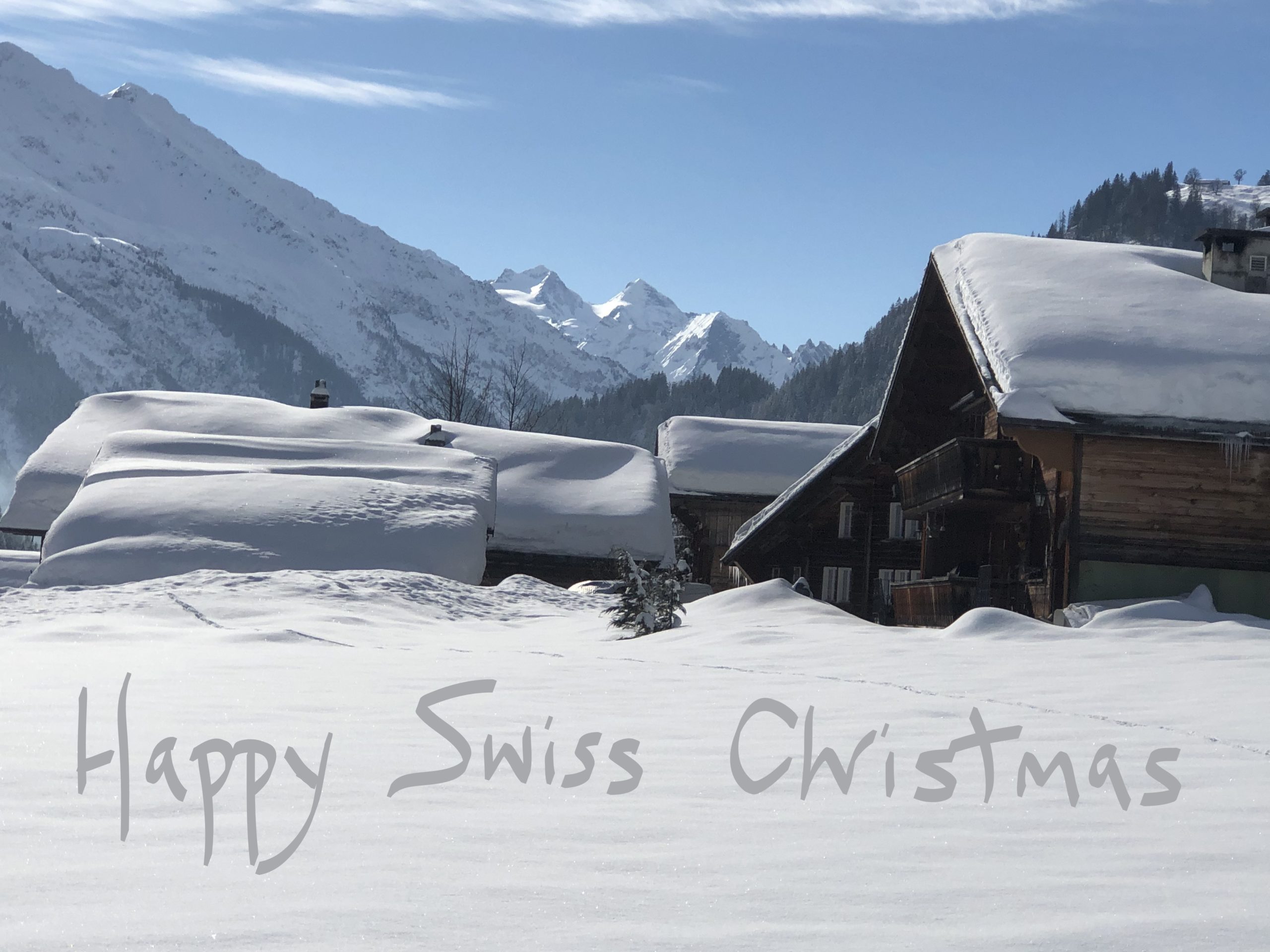
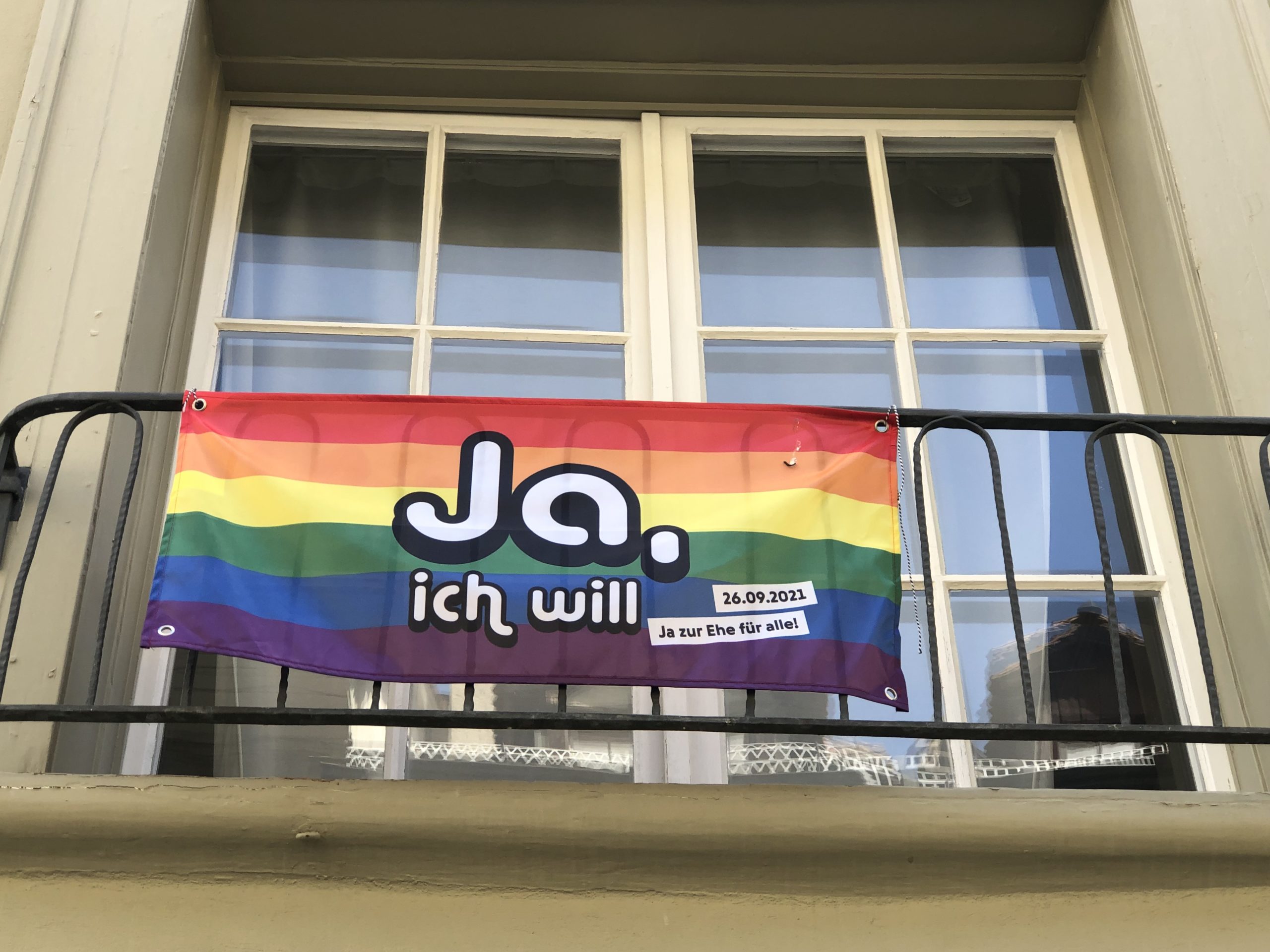
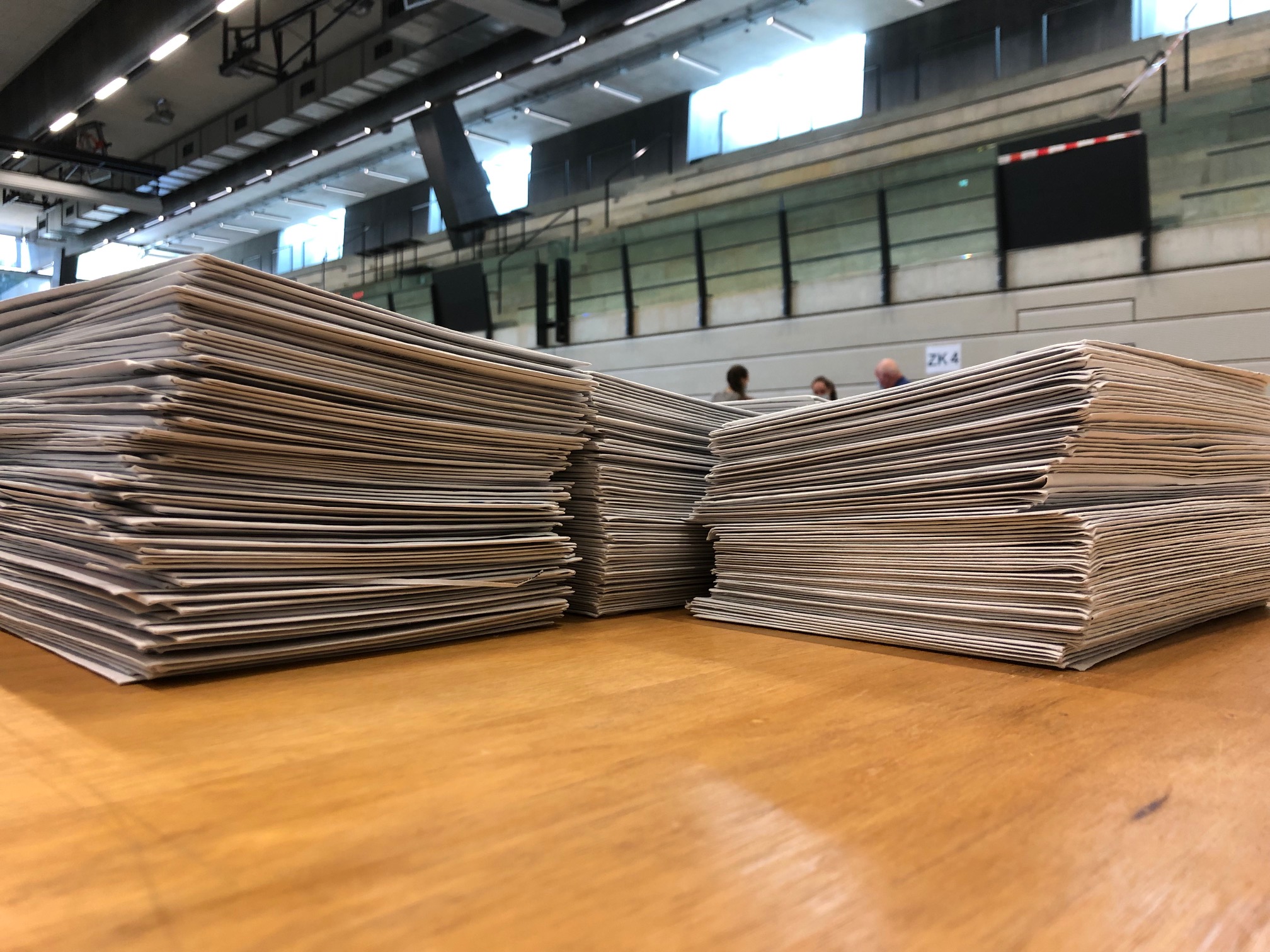
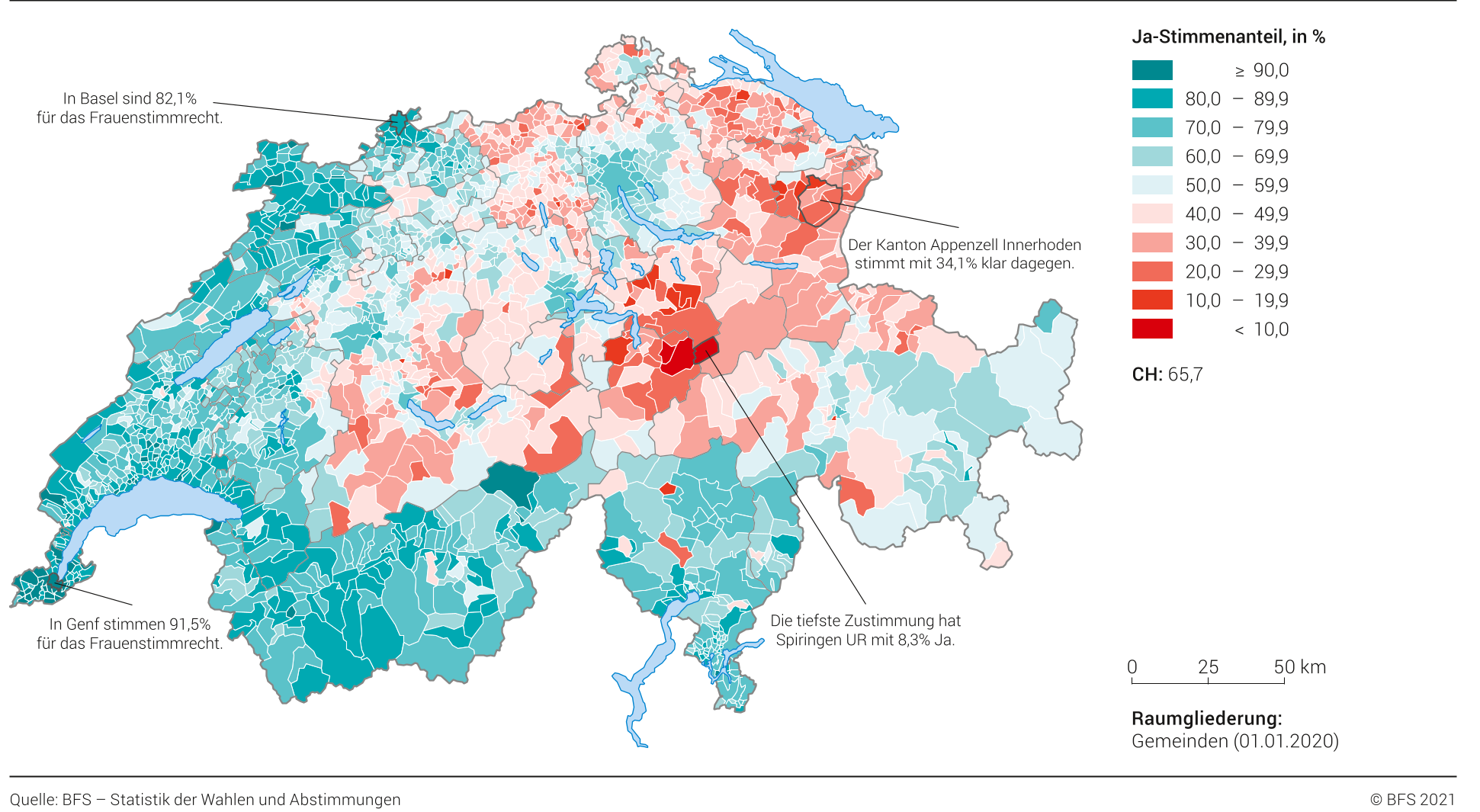





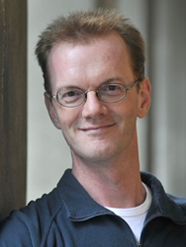
 Follow on Facebook
Follow on Facebook Follow on Twitter
Follow on Twitter Subscribe by RSS
Subscribe by RSS Contact me directly
Contact me directly Global Solutions Inc.
Global Solutions Inc.
2 Comments on "Things go right for Switzerland"
Hello Mr. Bewes,
Thank you for your succinct and informative post. My family and I plan to move to Switzerland by the start of the 2016 school year. We are considering Neuchatel for it’s proximity to Lausanne, Geneva, Basel etc. and for its size. I was curious to know whether you have information on how the various cantons voted. Was this another example of the traditional Swiss-Deutch Swiss-Francais dichotomy?
Incidentally, I enjoyed your book.
Thanks. Wanjoo Kim
Trackbacks for this post